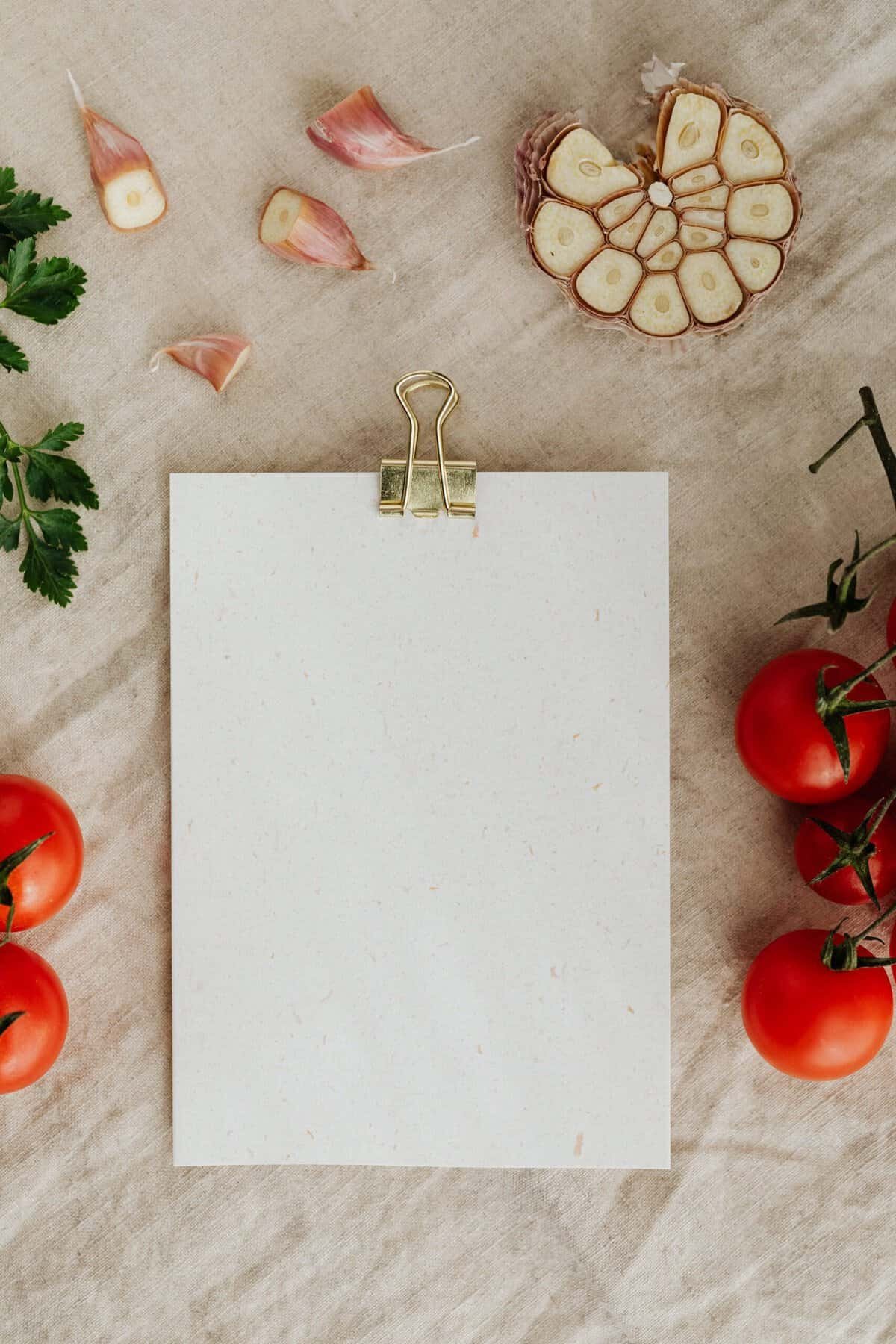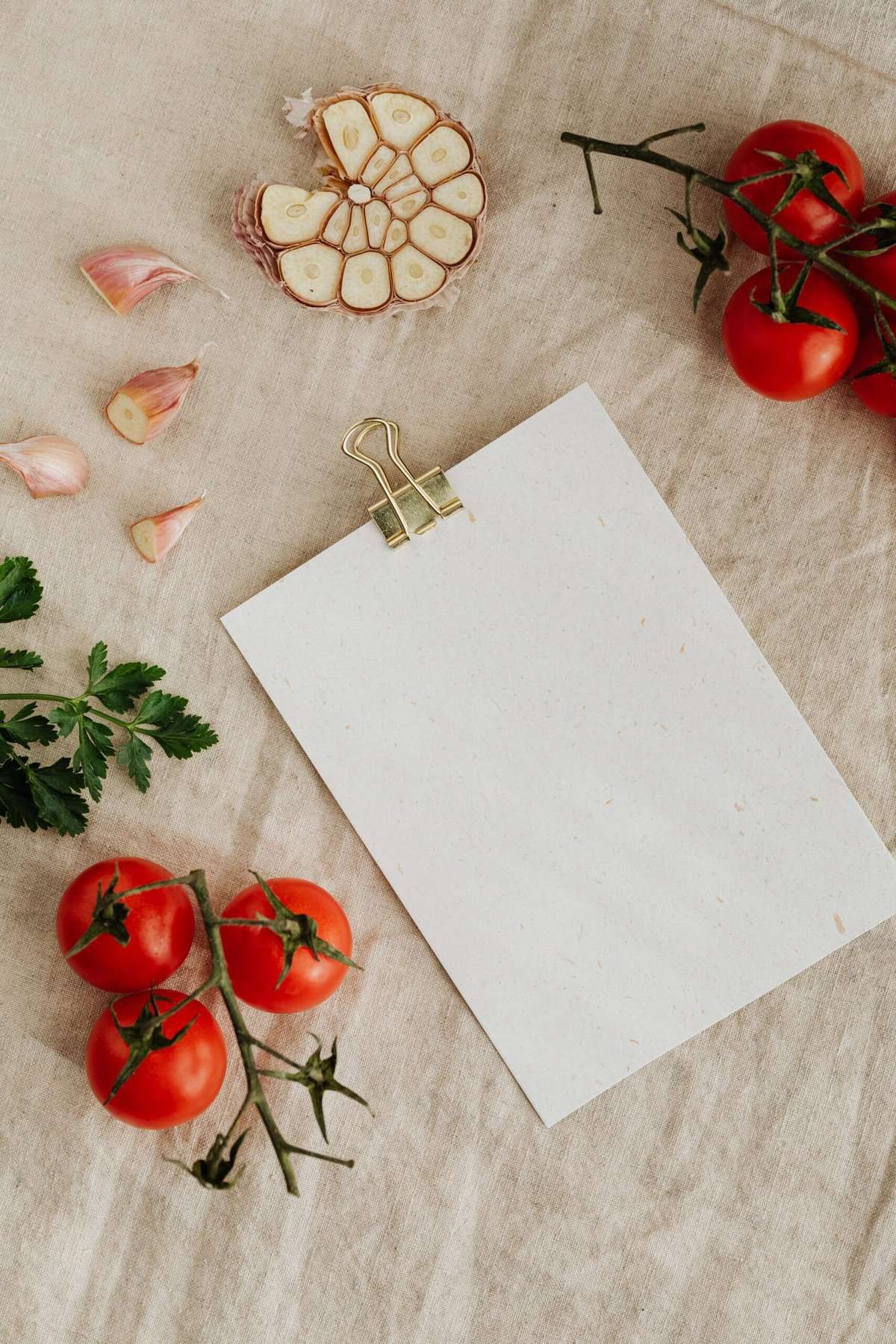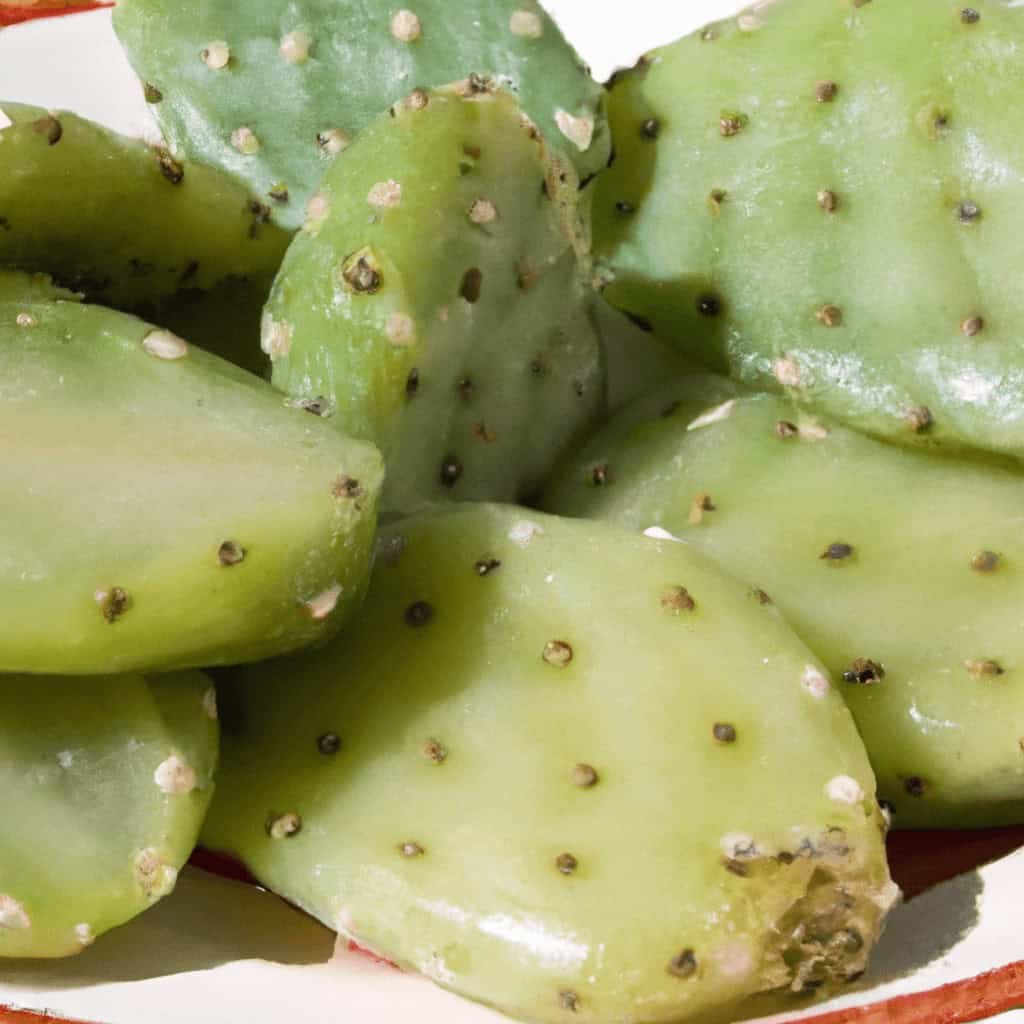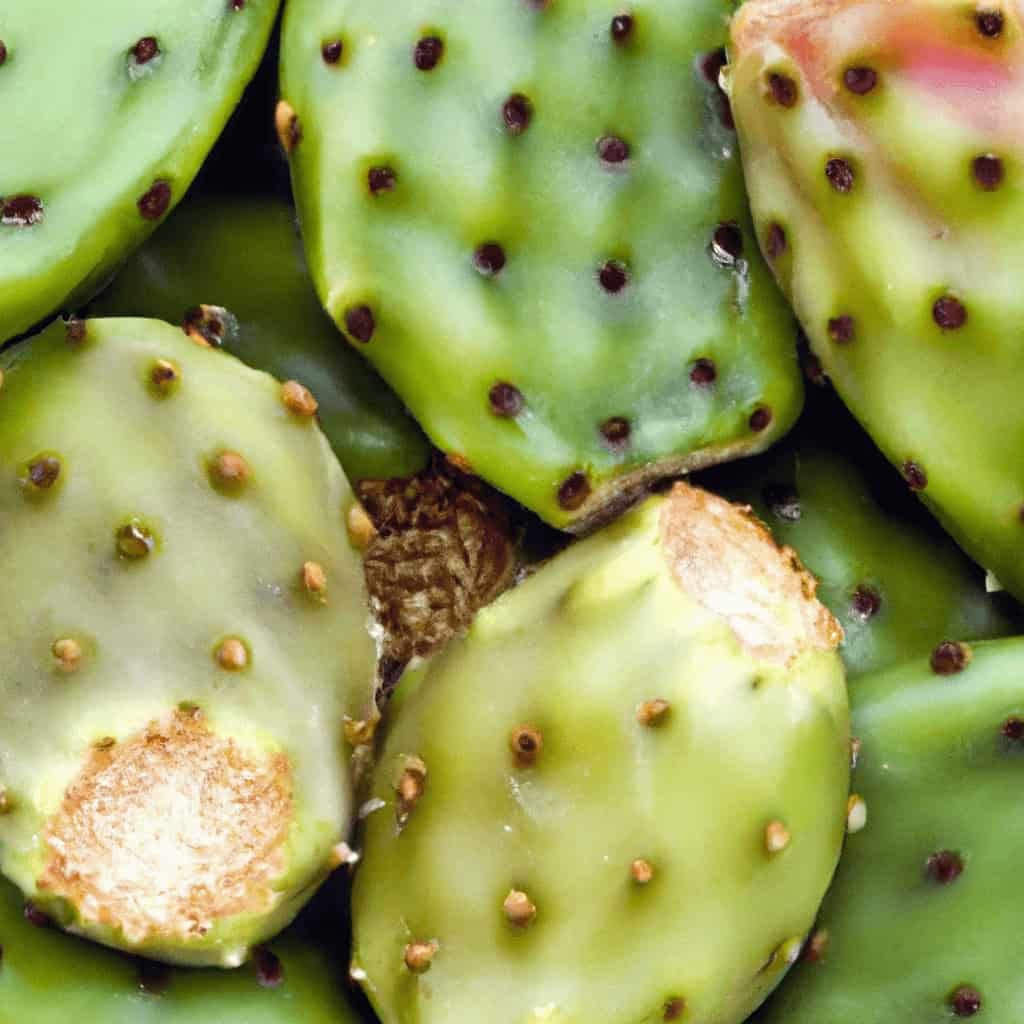If you’re someone who is following a low-sodium diet but is also looking to add some variety to your meals, you may have thought about incorporating nopal recipes into your cooking routine. Nopal, also known as prickly pear cactus, is not only delicious but also offers numerous health benefits. But the question remains: are there nopal recipes out there that are suitable for a low-sodium diet? In this article, we will explore the possibilities and provide you with some mouthwatering options that will satisfy your taste buds while keeping your sodium intake in check.
Health benefits of nopal
Nopal, also known as prickly pear cactus, is not only a delicious and versatile ingredient, but it also offers numerous health benefits. This succulent plant is packed with essential nutrients that can support your overall well-being.
Nutritional profile of nopal
Nopal is remarkably nutritious, containing an impressive array of vitamins, minerals, and antioxidants. It is an excellent source of vitamin C, which strengthens the immune system and promotes healthy skin. Additionally, nopal is rich in vitamin A, which is vital for good vision and immune function. It also provides a good amount of vitamin K, which is important for blood clotting and bone health.
Furthermore, nopal is a great source of minerals such as calcium, magnesium, and potassium. These minerals are essential for maintaining healthy bones, muscles, and nerve function. Additionally, nopal contains high levels of antioxidants, which help fight inflammation and protect against chronic diseases.
Role of nopal in a low-sodium diet
If you’re following a low-sodium diet, nopal can be a fantastic addition to your meals. This versatile ingredient is naturally low in sodium, making it a suitable choice for individuals who need to limit their sodium intake. By incorporating nopal into your diet, you can add flavor and texture to your meals without worrying about excessive salt content. Plus, the nutritional benefits of nopal make it an excellent choice for supporting overall health while on a low-sodium diet.

Foods high in sodium to avoid
When following a low-sodium diet, it’s crucial to be aware of the foods that are high in sodium and should be avoided or consumed in moderation. By identifying these sodium-rich foods, you can make informed choices and create a healthier eating plan. Here are some of the common culprits:
Processed meats
Processed meats like sausages, bacon, and deli meats often contain high amounts of sodium. These meats are typically cured, smoked, or preserved with salt, which significantly increases their sodium content. To lower your sodium intake, it’s best to limit or avoid these types of meats and opt for fresh, unprocessed alternatives.
Canned soups
Canned soups may seem like a convenient and easy meal option, but they often hide a high sodium content. The extensive use of salt as a preservative and flavor enhancer in canned soups can quickly contribute to your daily sodium intake. Choosing homemade soups or low-sodium alternatives can help you reduce your sodium intake without sacrificing taste.
Packaged snacks
Snacks such as chips, pretzels, and crackers are notorious for their high sodium content. The salt used to season these snacks not only adds flavor but also acts as a preservative. As a result, they can be packed with excessive sodium. Opting for healthier snack options like fresh fruits, vegetables, or homemade snacks can be a great way to cut down on your sodium intake.

Preparing nopal for a low-sodium diet
When incorporating nopal into your low-sodium diet, it’s essential to understand its sodium content and choose the right form of nopal to maximize its health benefits.
Understanding the sodium content of nopal
Fresh nopal is naturally low in sodium, making it an ideal choice for those on a low-sodium diet. However, it’s important to note that the sodium content can increase if nopal is prepared with added salt or consumed as a canned or processed product. Therefore, it’s best to opt for fresh nopal to ensure the lowest sodium levels and maximize its nutritional value.
Choosing fresh nopal over canned or processed
Fresh nopal can be found in many grocery stores or farmer’s markets. When selecting nopal, look for firm pads without any blemishes. Avoid canned or processed nopal products, as these often contain added sodium. The fresher, the better when it comes to nopal, as it retains its natural goodness and low sodium content.
Properly cleaning and cutting nopal
Before using nopal in your recipes, it’s essential to properly clean and prepare it. Start by removing any thorns or spines with a sharp knife or vegetable peeler. Next, rinse the nopal under cold water to remove any dirt or debris. Once clean, you can cut the nopal into slices, strips, or dice it according to your recipe’s requirements. By following these steps, you can ensure that your nopal is ready to be included in your low-sodium dishes.

Low-sodium nopal recipes
With nopal and a low-sodium diet, you can create delicious and nutritious dishes that satisfy your taste buds while supporting your health goals. Here are some mouthwatering nopal recipes that are perfect for a low-sodium diet:
Grilled nopal salad
Grilled nopal salad is a refreshing and nutritious option that combines the unique flavors of nopal with fresh vegetables. To make the salad, start by grilling sliced nopal pads until they become tender and slightly charred. Combine the grilled nopal with mixed greens, cherry tomatoes, cucumbers, and diced avocado. Drizzle with a dressing made from olive oil, vinegar, lime juice, and a sprinkle of herbs. This salad is not only low in sodium but also packed with vitamins and minerals.
Nopal stir-fry with low-sodium sauce
A stir-fry is a quick and easy way to enjoy nopal while keeping your sodium intake in check. Slice nopal pads into thin strips and sauté them with a medley of colorful vegetables like bell peppers, onions, and zucchini. Instead of using a high-sodium sauce, create a low-sodium sauce by combining low-sodium soy sauce, fresh minced garlic, ginger, and a touch of honey. This flavorful stir-fry is a satisfying meal that won’t leave you missing the extra salt.
Baked nopal chips
If you’re craving a crunchy snack, baked nopal chips are an excellent low-sodium alternative to traditional chips. Start by slicing nopal pads into thin rounds and toss them with a drizzle of olive oil. Season with herbs and spices like paprika, garlic powder, and cumin for added flavor. Arrange the seasoned nopal slices on a baking sheet and bake them in the oven until crispy. These homemade chips are not only delicious but also a healthier alternative that won’t contribute to your sodium intake.

Replacing high-sodium ingredients
To further reduce the sodium content in your nopal dishes, you can experiment with various alternatives to replace high-sodium ingredients.
Using herbs and spices instead of salt
Herbs and spices are fantastic substitutes for salt in nopal recipes. By incorporating flavorful herbs like cilantro, parsley, and basil, you can add depth and taste to your dishes without relying on excessive sodium. Additionally, spices such as cumin, turmeric, and paprika offer a burst of flavor that can elevate any nopal recipe.
Incorporating low-sodium alternatives to condiments
Condiments like ketchup, soy sauce, and barbecue sauce are typically high in sodium. However, there are low-sodium alternatives available that you can incorporate into your nopal dishes without compromising on taste. Look for reduced-sodium or sodium-free versions of your favorite condiments to keep your sodium intake in check.
Experimenting with vinegar and citrus juices
Vinegar and citrus juices, like lemon or lime, are excellent substitutes for salt when it comes to adding tang and brightness to your nopal recipes. These acidic ingredients can enhance the flavors of nopal while reducing the need for salt. Use them as a marinade, dressing, or drizzle them over cooked nopal dishes to infuse them with a burst of delightful flavors.

Tips for a low-sodium nopal diet
Here are some additional tips to help you maintain a low-sodium nopal diet:
Reading food labels
When purchasing packaged foods, always read the nutrition labels to determine the sodium content. Look for products labeled “low sodium” or “no added salt” to ensure you’re making the right choices for your low-sodium diet. Pay attention to the serving size and sodium per serving to accurately calculate your intake.
Reducing salt in cooking techniques
In addition to avoiding high-sodium ingredients, you can also minimize salt usage by adopting different cooking techniques. For example, try steaming or roasting vegetables instead of boiling them to retain their natural flavors. By reducing your reliance on salt during cooking, you can maintain a low-sodium nopal diet without sacrificing taste.
Staying hydrated
Staying hydrated is crucial, especially when following a low-sodium diet. Adequate water intake helps flush out excess sodium from your body and supports overall health. Aim to drink at least eight glasses of water per day and consider hydrating foods such as watermelon, cucumber, and celery to boost your fluid intake.
In conclusion, nopal is a versatile and nutritious ingredient that can be a valuable addition to a low-sodium diet. Its low sodium content, coupled with its impressive nutritional profile, makes it an excellent choice for those looking to reduce their sodium intake while enjoying delicious and healthy meals. By incorporating fresh nopal into your low-sodium recipes, experimenting with flavorful alternatives, and following these helpful tips, you can create a balanced and satisfying diet that promotes your overall well-being. So, go ahead and explore the wonderful world of low-sodium nopal recipes – your taste buds and your health will thank you!

